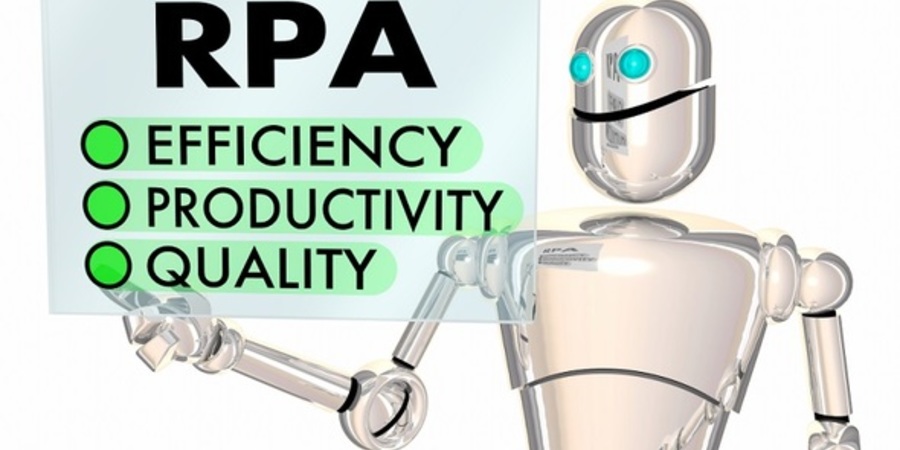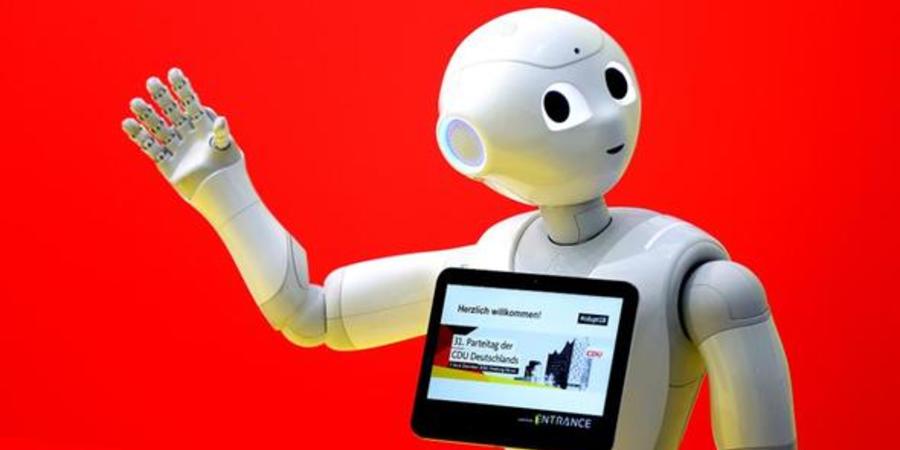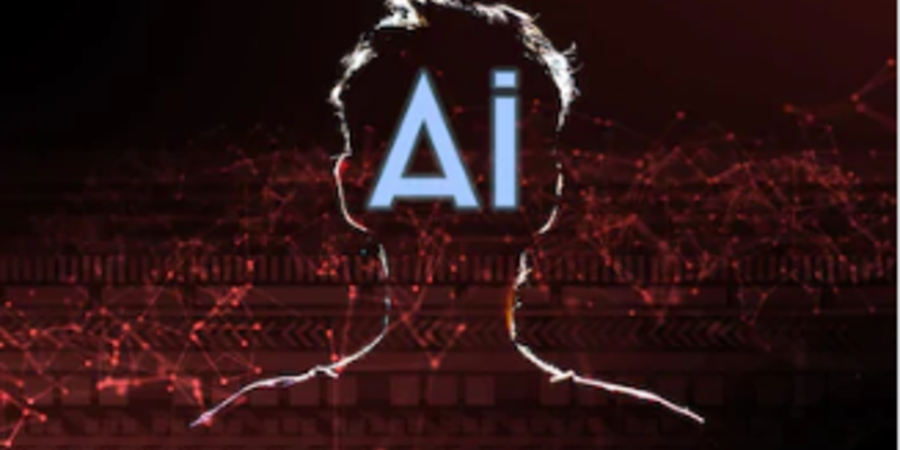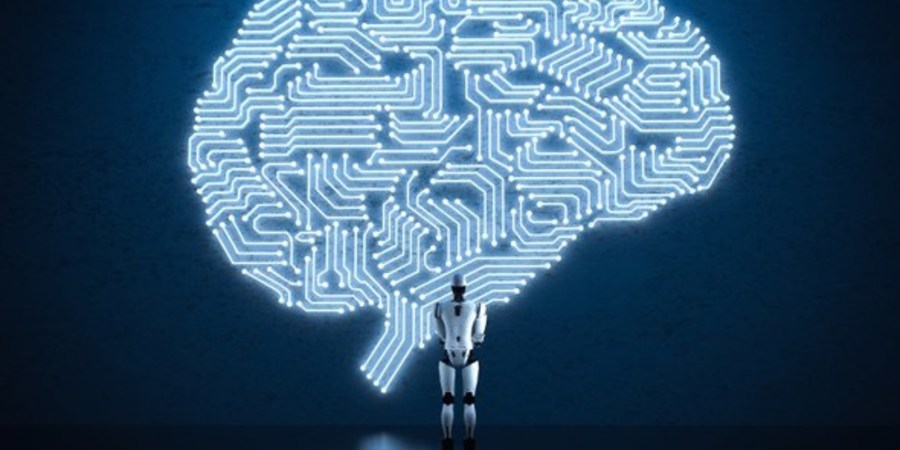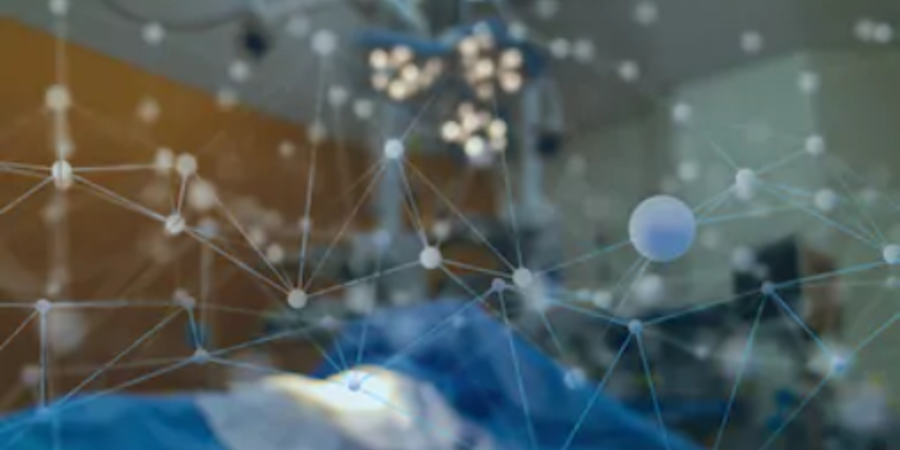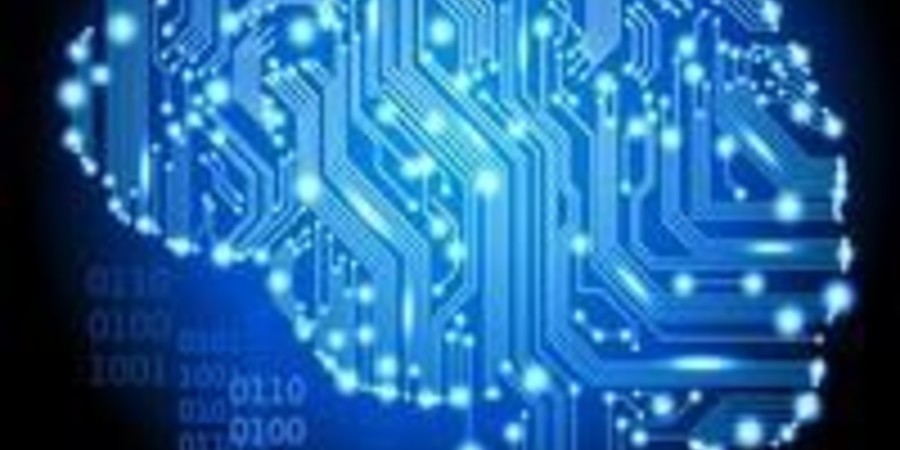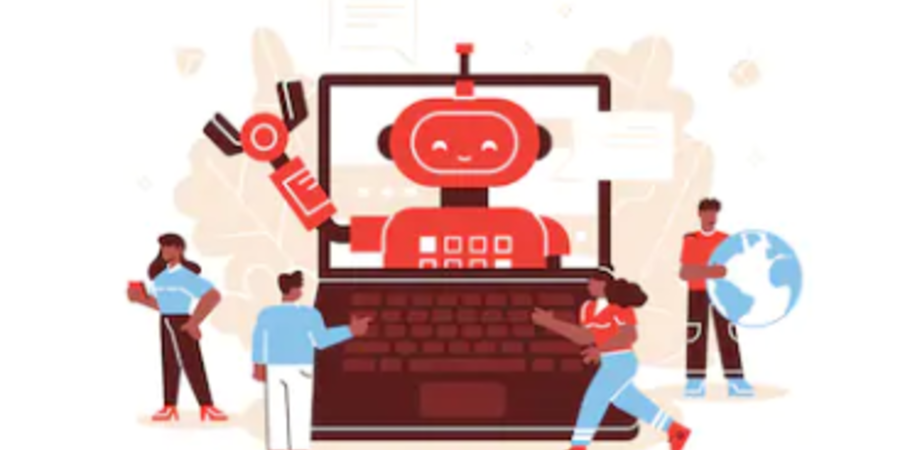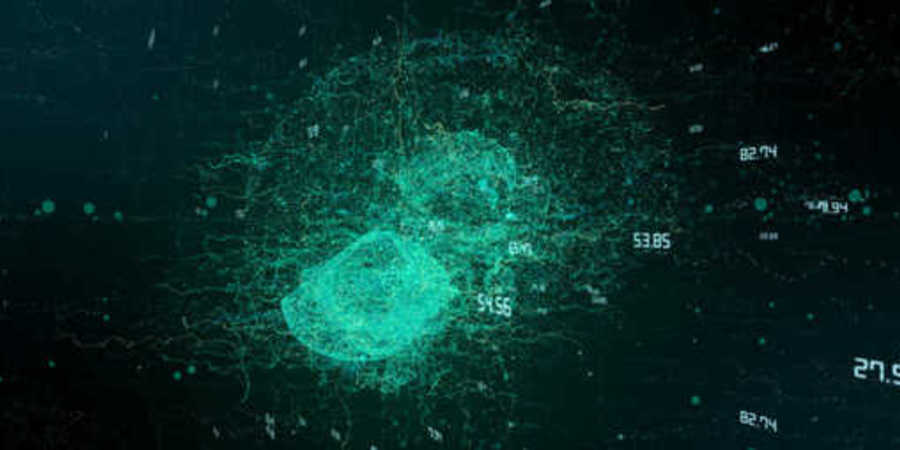There still seems to be a great fear that robots will displace human workers. We should not have to fear, as it’s becoming more and more prevalent that robots and automation will instead provide a valuable extension to global workers by helping them eliminate mundane tasks. Today and over the next decade, we will certainly see an increase in using RPA for human resource management, especially for the on-boarding and off-boarding of employees, benefits administration, payroll, etc. Primarily, we must acknowledge the flexibility that RPA provides.

